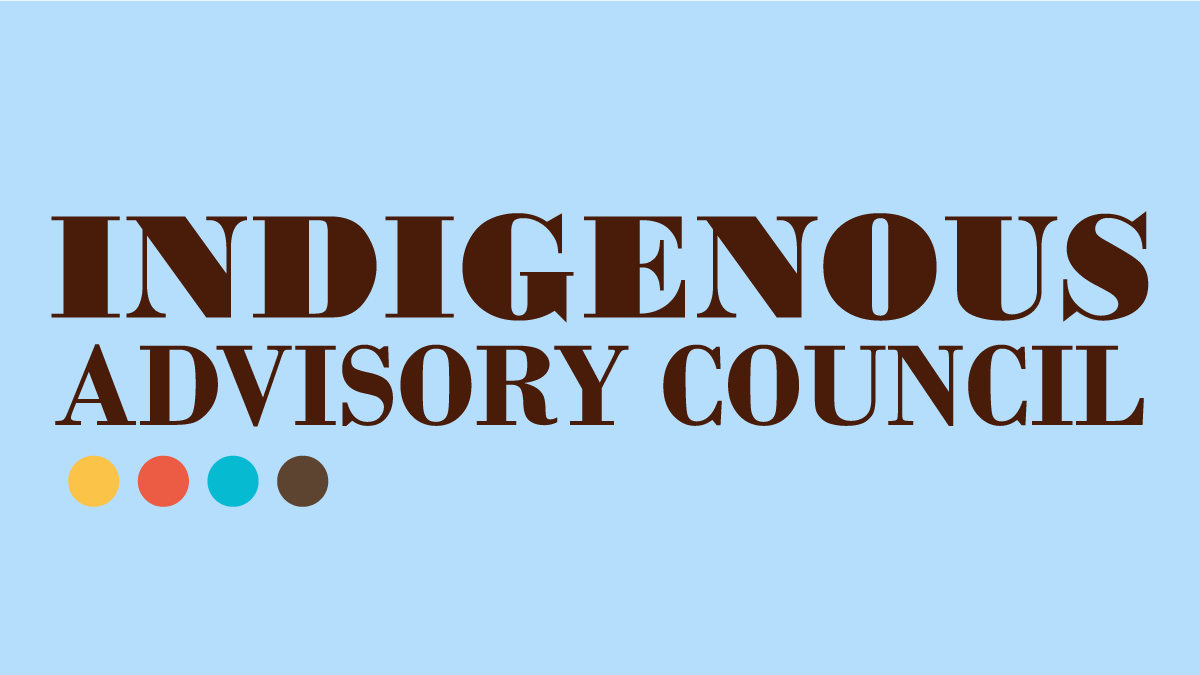

Indigenous Advisory Council Member
Tell us a little bit about yourself.
I was born and raised in Bremerton, Washington. I found out that my Great Grandmother’s family had left the Port Madison Reservation because an Indian Agent approached my Great Great Grandfather and told him he needed to send his kids to a boarding school. She remembers her father telling the Indian Agent that these kids are my responsibility and they will go where I go! They then left the reservation and homesteaded in Bremerton on Phinney Bay. I was fortunate to grow up in a generation that learned from my elders the traditions and customs of the Suquamish Tribe, as well as learning about the struggles they endured. They are a big part of who I am today. I married my high school sweetheart 44 years ago. I have five beautiful children and 20 grandkids! I moved from Bremerton back to Suquamish when the first tribal HUD homes were built in the 1980s. This is where I raised my family and was encouraged to run for a Tribal Council position in 1984. As an elected Suquamish Tribal Council member, I am truly honored to represent my tribe in this capacity, knowing the city’s namesake is our great leader Chief Sealth (Seattle).
What inspired you to want to join the Indigenous Advisory Council and what do you hope to achieve?
I was inspired to join this organization as a Suquamish Tribal Member. I feel my ancestors would want me to help in any way I can! Also seeing the need to do something!
I’ve never seen the beautiful streets of Seattle covered with so many people experiencing homelessness!
What I hope to achieve on this Indigenous Advisory Council is to help find the cause and solution to this homelessness crisis. I feel that each person has a story to tell and until we know what their story is we will not be able to help. Finding out if they want help or if they’re just down on their luck, lost a job, struggling with addiction and/or mental illness, a Veteran or member of another tribe? Once this information is available, we can start to find ways to help!
How does being a member of the Suquamish Tribe shape and influence your life in the Salish Sea region?
As proud members of the Suquamish Tribe, we pride ourselves on being great hosts. We continue to demonstrate this during our Canoe Journey hosting celebrations. I myself have organized and participated in the 2009 Journey feeding over 8,000 guests, traditional food from the Salish Sea: manila clams, oysters, crab, salmon, geoduck, and shrimp! Salmon cooked over alder fires and clams, oysters, crab, and shrimp cooked over hot rocks and steamed to perfection! Guests always leave with full bellies and rave about our hospitality.
I feel most residents of the Salish Sea look at it as a place for recreation or a means of transportation. I grew up looking at it as a food source. Keeping it clean is an important part of living in this region!
What is something that you bring to this role that will help the group work together?
I can bring the seafood!
I’m a team player who wants to make a difference!
What do you love most about living in this region?
I love the fact that the Suquamish Tribe has so much history here in this region. I feel the tribe’s values in Chief Seattle’s speech: “At night when the streets of your cities and villages are silent and you think them deserted, they will throng with the remaining hosts that once filled them and still love this beautiful land. You will never be alone.”
What haven’t I asked you about that I should?
I’m known for my Native cooking skills. I cooked in Washington, DC for the Department of Commerce and NOAA at their annual Fish Fry. I’ve cooked in Bella Bella, BC in the middle of nowhere for 3,000 guests with two of my chefs that couldn’t get across the Canadian border. I also managed Kiana Lodge for a number of years. Kiana is an incredible private banquet and catering facility known to be one of the top three wedding destinations in the state of Washington! Kiana is also the location where Mark Frost and David Lynch’s Twin Peaks pilot was filmed!


